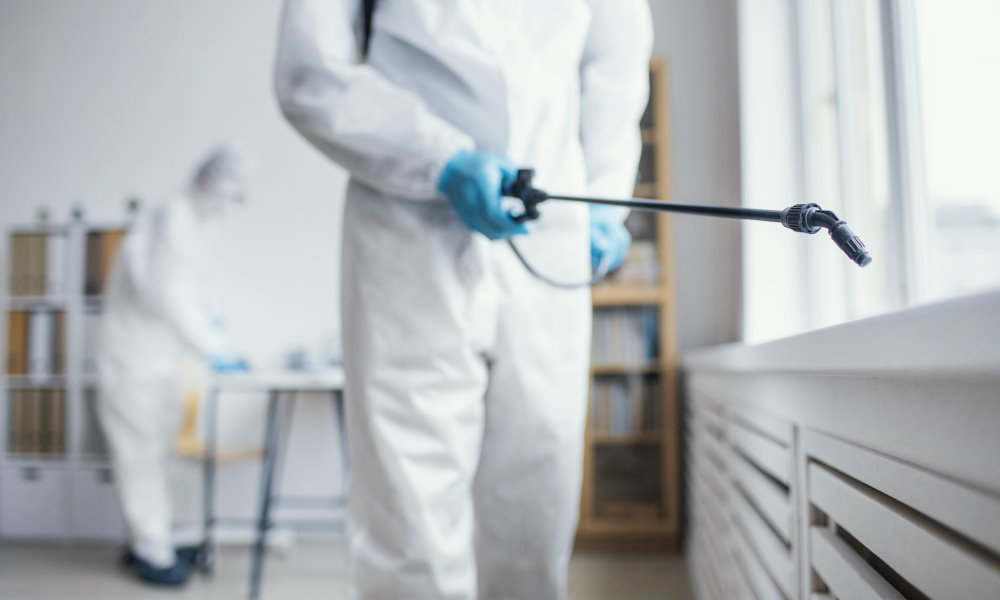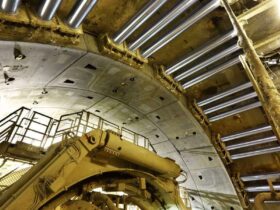Homeowners and property managers focus on the visible aspects of maintenance—landscaping, painting, and general repairs. However, one crucial aspect of property care that’s often overlooked is pest control. Specifically, the timing of pest inspections plays a role in preventing infestations and protecting your property from damage. Pests are not just a nuisance; if left unchecked, they cause severe damage to structures, pose health risks, and lead to financial burdens. Different seasons bring different pest challenges. These patterns are critical to effective pest management.
Spring inspections
As nature awakens from its winter slumber, so do many pest species. Spring is a critical time for pest inspections for several reasons.
- Emergence of overwintering pests- Many insects that have been dormant during winter begin to emerge and become active.
- Increased moisture- Spring rains accumulate water, creating ideal breeding grounds for mosquitoes and other moisture-loving pests.
- New growth- Fresh vegetation attracts herbivorous insects, which may draw predatory pests closer to your property.
A thorough spring inspection helps identify and address these issues before they escalate. Building inspections conducted during this time should focus on areas prone to moisture accumulation, entry points for emerging pests, and potential nesting sites.
Summer inspections
Summer brings its own set of pest challenges:
- Peak activity- Many pest species are most active during the warm summer.
- Drought conditions- In areas experiencing dry spells, pests may be drawn to properties searching for water sources.
- Outdoor activities- Increased outdoor living leads to more interactions between humans and pests, potentially bringing pests closer to living spaces.
Summer inspections should focus on identifying active infestations, locating water sources that may attract pests, and ensuring that outdoor living areas are adequately protected.
Fall inspections
As temperatures begin to cool, fall inspections become crucial for several reasons:
- Overwintering preparation– Many pests seek shelter in buildings to overwinter.
- Fallen leaves and debris- Accumulating organic matter provides hiding spots and food sources for pests.
- Harvest time- The abundance of food from gardens and orchards attracts rodents and other pests.
Inspections should focus on identifying and sealing potential entry points, removing debris that could harbour pests, and addressing any existing infestations before pests settle in for the winter.
Winter inspections
While pest activity generally decreases in winter, inspections remain essential.
- Indoor infestations– Pests that have made their way indoors continue to thrive and reproduce.
- Structural vulnerabilities- Harsh winter weather creates new entry points for pests.
- Food storage- Increased reliance on stored food attracts pantry pests.
Winter inspections should focus on indoor areas; particularly where food is stored, and on identifying any structural damage that could provide access to pests. have a peek here for more information on the benefits of professional pest inspections and how they complement regular building inspections.
Integrating pest inspections with building maintenance
Pest inspections should not be viewed in isolation but as integral to overall building maintenance. Many issues that attract or enable pest infestations are also concerns for general building health.
- Moisture problems can lead to both pest infestations and structural damage.
- Cracks and gaps in the building envelope can allow pests entry and reduce energy efficiency.
- Proper waste management is crucial for pest control and general hygiene.
By integrating pest inspections with regular building maintenance, property owners can address multiple concerns simultaneously, improving overall property health and potentially reducing long-term costs.







